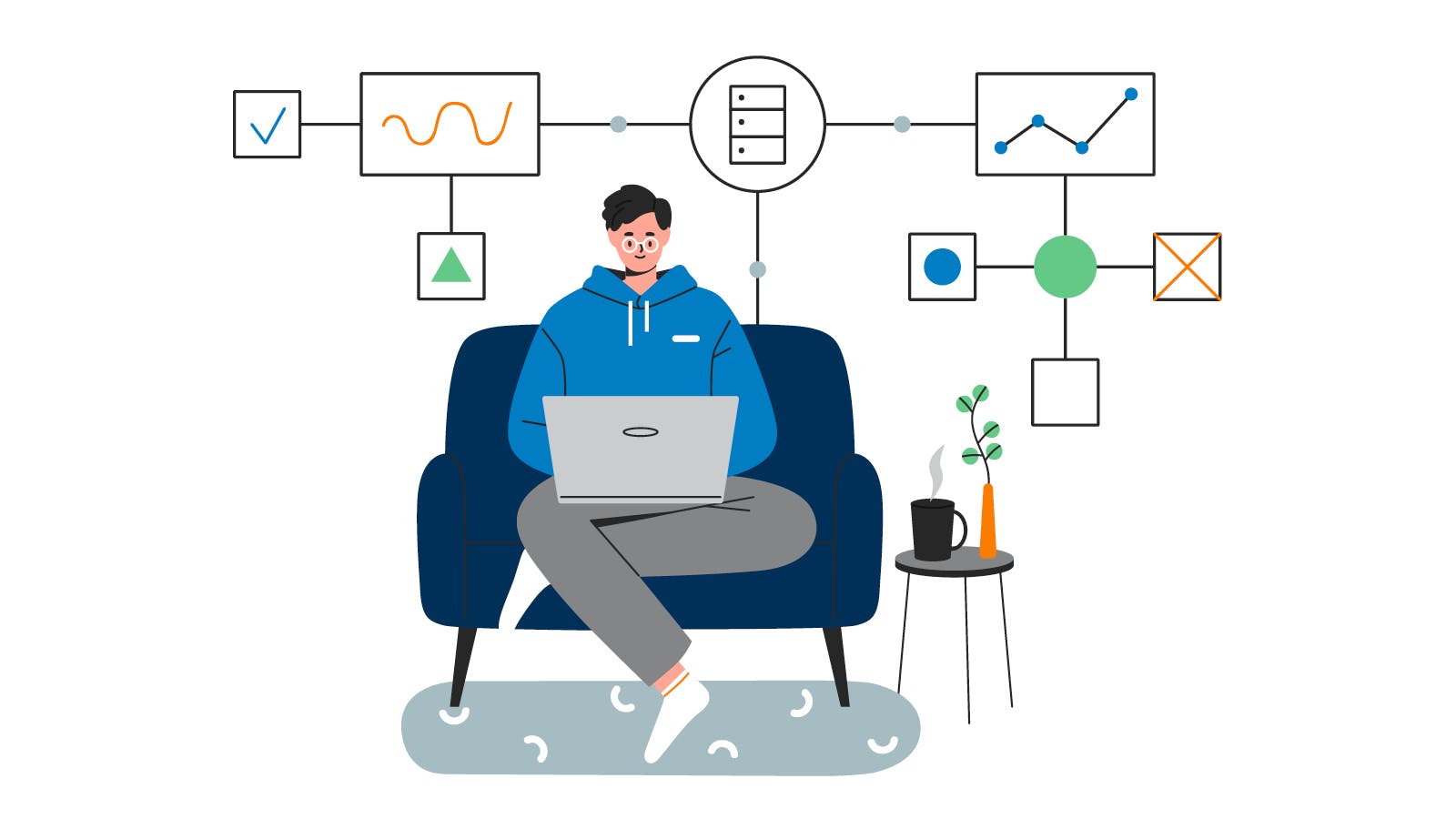The global COVID-19 pandemic has fundamentally changed much of our world, and the housing industry is no exception. With many traditional house hunting activities severely impacted, digital home buying has become commonplace. What’s more, with nearly 25% of buyers reporting that they would buy a home sight unseen at the start of the pandemic, it appears that digitized real estate transactions are here to stay (REALTORⓇ Magazine, 2020). Whether gearing up for an online home sale or virtually touring your dream home, you’ll want to take note of these three digital homebuying and selling tools.
Virtual home tours
For buyers, the house tour can be one of the most important and exciting phases of the purchasing process. Potential owners can get a feel for the floor plan, look behind all the curtains, so to speak, and really picture themselves living in the home. Unfortunately, safety concerns have upended many in-person events, including open houses and tours.
Luckily, recent developments in the world of virtual home tours could save the day. While some buyers used to take their chances based on few or low-quality photos, they can now take advantage of live and recorded video walkthroughs, and even virtual reality experiences. On certain platforms, users can zoom in on specific elements, move freely throughout the home and even measure objects within the view to really get the feel for the home from a safe distance.
If you’re shopping for a home and would like a more in-depth look at a property without visiting in person, consider speaking to your real estate agent about virtual options. Similarly, if you’re selling a home and would like to dabble in the digital, check in with your agent to see if virtual tours might be a part of their offering.
Virtual staging
For many sellers, staging can be among the highest expenses in making a sale. As it turns out, it’s also among the most important. Home staging depersonalizes a home, allows the buyer to better picture themselves living on the property and can even fetch a higher price at closing. In fact, on average, sellers across the nation who choose to stage their homes see a 5% return on investment (REALTORⓇ Magazine, 2021).
It may be time to ditch the rental furniture, though, because there’s now a much more affordable option. Virtual staging services can add digital furniture and decor to photos of your empty rooms, mock up potential renovation projects and even digitize landscaping upgrades. Buyers and sellers alike can dictate the design style, from modern to farmhouse, and panorama and 360-degree shots are all fair game. In the finished photos, the property still looks a bit more like home with a much smaller sticker price.
If potential buyers won’t see your place in person anyway, why pay for real furnishings? If you’re selling a home and would like to explore virtual staging services, consider speaking with your agent for guidance and advice.
iBuying
In today’s digital world, speed and efficiency are king. Enter: iBuying. The concept of iBuying streamlines the home sale process, cutting down on both time and energy (Realtor.com, 2019). In fact, you could potentially sell within minutes or even days.
When selling your home to an iBuyer, you’ll typically navigate to the buyers website, input your address and complete a questionnaire about the property. Shortly thereafter, often within 24 hours, you’ll receive a cash offer. You can then determine if you’d like to accept and, if so, you may be able to close within a matter of days. Keep in mind that depending on the home and the iBuying service, you could make less than if you went the traditional route. After all, convenience comes at a price.
If you’d like to explore iBuying, do some research and consider speaking with a real estate or home finance professional. While this digital tool is certainly quick and efficient, it won’t be right for everyone.
At the end of the day, it’s out with the old and in with the new! From virtual tours to virtual staging, these modern practices can help streamline and improve the homebuying and selling process. Take note of the tools that sound interesting, charge up your devices and take to the web.
Published on May 24, 2021


